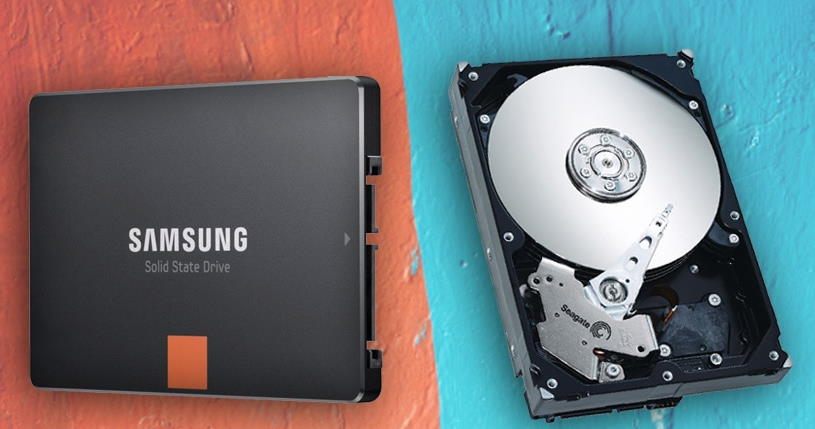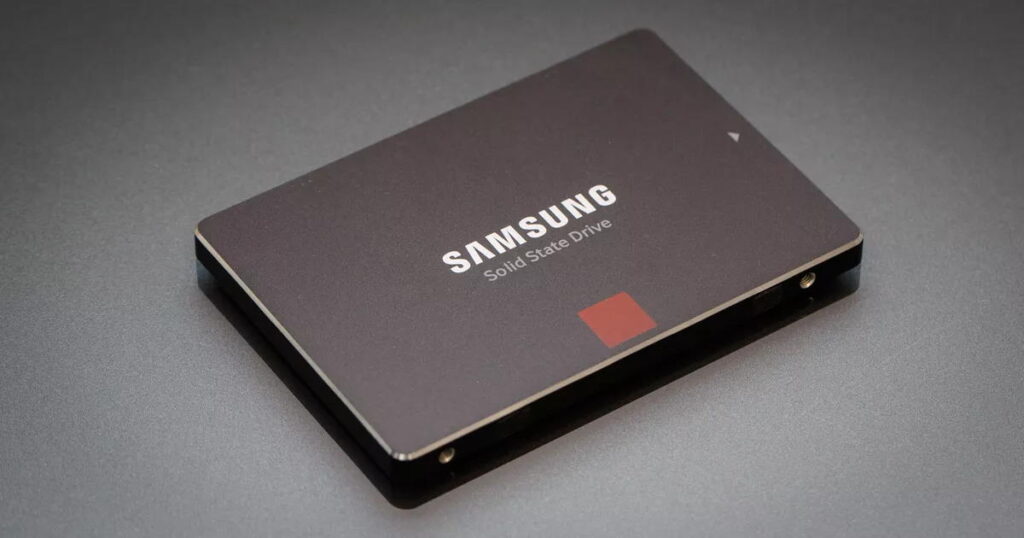The reason why you should never defrag your SSD

Last Updated on: 28th July 2021, 07:44 pm
You may have learned that defragging your hard drive helps to keep it running better, but does it work on an SDD? Should you defrag an SSD?
It makes sense, right? It turns out, it’s actually a bad idea, and here’s why.
Why should you not defrag an SSD?
The short answer to this is there is no benefit to doing so. On a traditional HDD, or hard drive depending on your terminology preference, data is stored on a spinning platter which is then read by a head piece inside the drive. Defragging moves these files together to make it easier to find them all, it makes them continuous, in other words.
Its a bit like someone reading a book, or finding a series in a library. It’s a lot easier for both people and the HDD if all the pages, or all the books in the series are in the correct order.
SSDs on the other hand are quite literally built different.

An SSD, or a solid-state device/disk doesn’t really care about the location of the pieces of files on it. It won’t make any significant performance difference if the files are continous or scattered in the least optimal locations imaginable, simply because of how they work.
If you attempt to defrag your SSD then, you’re not really getting the benefits you do if you defrag a HDD, but did you also know it’s bad for the SSD?
What is a defrag exactly?
I should probably explain that for those not familiar.
A defrag, or to use the full name, Defragmenting, is a computer process that basically re-organises the order of data on your storage device to make it easier to read for the computer. This makes your data accessible at a faster pace, resulting in a computer that runs better.

Shown above is the state of a HDD’s fragmentation. Defragging at this time would begin to re-organise the selected 4,773 files so that they can be used more efficiently and thus may be opened faster.
Doing so with an SSD is quite unnecessary for reasons covered below however, and simply damages the life expectancy of the drive by performing unnecessary operations.
Why Defragging is generally bad for an SSD
This is a pretty simple bit to explain in comparison. In short, SSD’s can only write to a specific memory block so many times before that block will fail.
The internal controller system will manage balancing your usage out across all the blocks to extend the lifespan of an SSD as much as possible despite this problem, but when you then try to defrag the SSD, you are making it move data around by writing it, then rewriting it elsewhere for no benefit.
In effect, the SSD shortens its own lifespan for very little if any real benefit when you make it run a defrag operation.
READ MORE: Windows 10: How to enable Dark Mode
Anything else I need to know?
Nope that’s pretty much it, unless you want to get into very specific details that are simply not needed for most users.
The conclusion here is pretty much don’t defrag your SSD unless you know exactly what you’re doing and are absolutely sure you need to for some specific purpose – because the vast, vast majority of the time, users do not need to defrag their SSDs. If you aren’t sure what you’re doing, don’t do it.
So, with our summary or whether or not you should drag your SSD now out of the way, you can find more Tech-focused pieces right here on The Click, and you can find more by me personally here.


